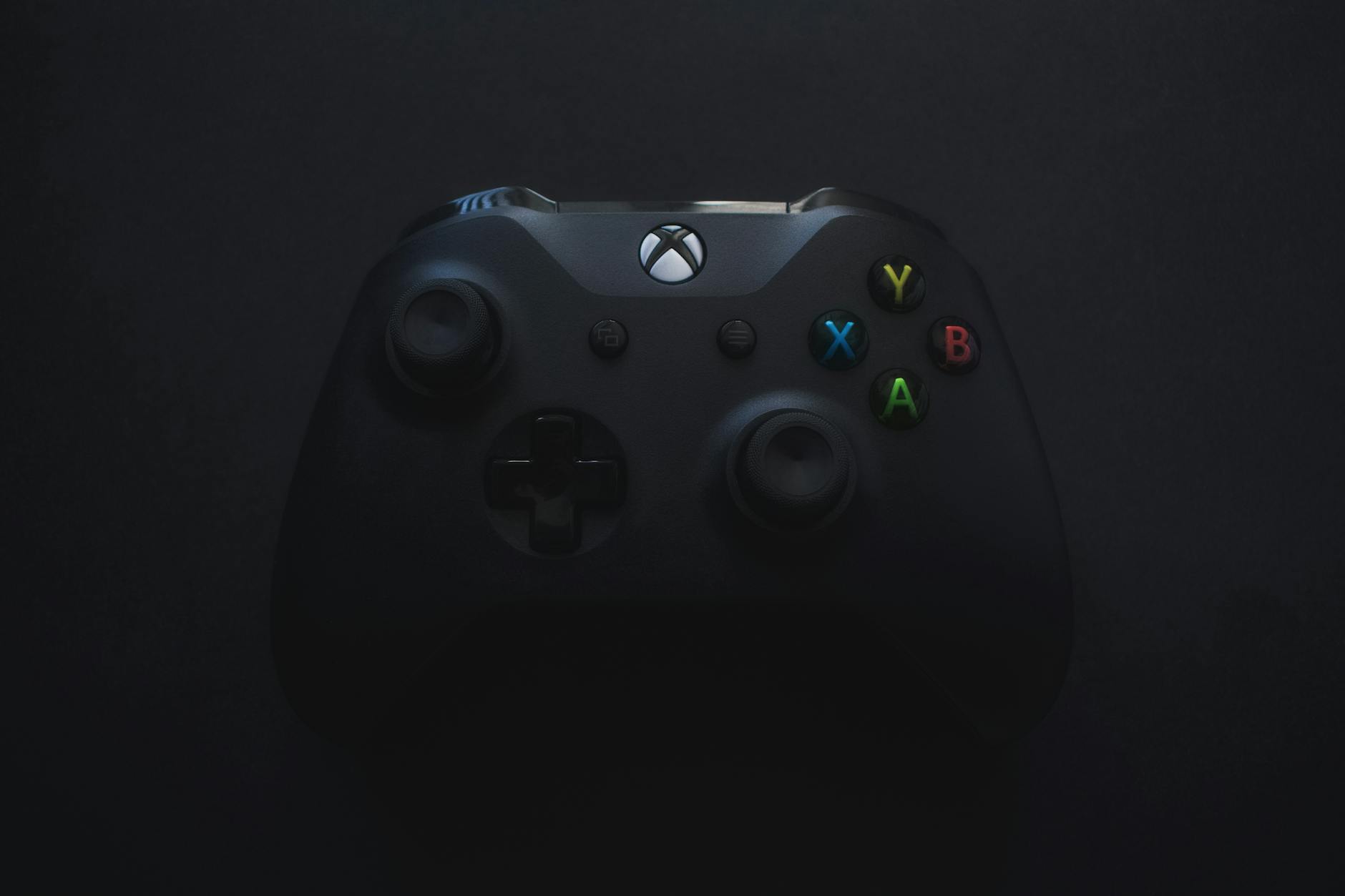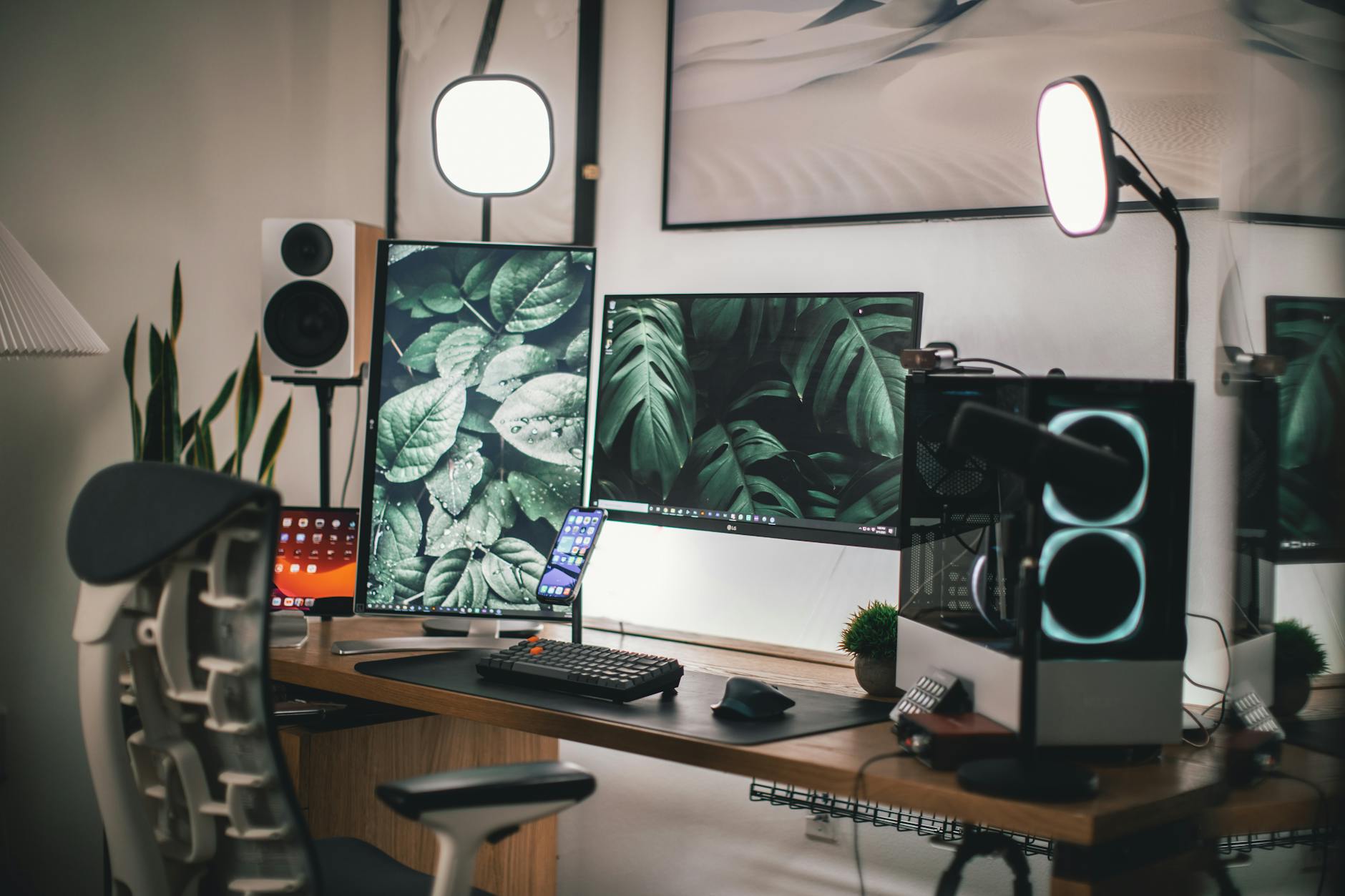Tired of clunky controllers and limited gaming options? Want to experience the thrill of your favorite games anytime, anywhere? Then prepare to level up your gaming experience by transforming your smartphone into a versatile and surprisingly effective controller! This article explores the exciting world of using your smartphone as a gaming input device, covering everything from the various apps and software available to the different types of games you can play and the pros and cons of this approach. We’ll delve into the technical aspects, discuss compatibility issues, and ultimately help you decide if turning your smartphone into a controller is the right move for enhancing your gaming sessions. Get ready to unlock a whole new level of mobile gaming convenience and expand your gaming horizons beyond the limitations of traditional controllers.
Choosing the Right Apps and Software
The first step in transforming your smartphone into a controller is selecting the right app or software. Numerous options cater to different platforms and games. Some apps, such as Octopus, function as virtual gamepads offering customizable button layouts for various games. Others, like Moonlight, focus on streaming PC games to your mobile device, turning your phone into a remote controller for your powerful desktop setup. Consider the games you intend to play when choosing your application. Some apps might offer better compatibility with specific emulators or game streaming services. Also, look into the app’s features like customizable controls, latency, and compatibility with your operating system and devices.
Connecting Your Smartphone to Your Gaming Platform
Connecting your smartphone to your gaming platform is crucial. The method will vary depending on the app or software you choose. For apps that function as standalone gamepads, Bluetooth connectivity is usually sufficient. However, if you’re streaming games from your PC or console, you’ll likely need a stable Wi-Fi connection or a wired Ethernet connection for minimal latency. Ensure your smartphone and gaming platform are on the same network and that firewalls or security settings aren’t blocking the connection. It’s also wise to test the connection before starting a crucial game to ensure responsiveness. Lag can significantly impact gameplay, so a strong and stable connection is paramount.
Types of Games Compatible with Smartphone Controllers
The versatility of using a smartphone as a controller extends across various gaming genres. Many classic emulated games, such as those from retro consoles (NES, SNES, etc.), work perfectly with on-screen button mappings. Mobile games designed for touchscreen play are enhanced with the precision and familiarity of physical buttons. Moreover, cloud gaming services allow you to play more demanding titles on your smartphone with a controller, streaming from a powerful server. However, not all games are created equal. Fast-paced action games might require more precise controls than your smartphone setup allows, while turn-based strategy games are ideal for this setup. The type of game you choose will directly affect your experience.
Advantages and Disadvantages of Using a Smartphone as a Controller
Like any technology, using your smartphone as a controller presents both advantages and disadvantages. On the plus side, it offers unparalleled portability, allowing you to game almost anywhere. It can be more cost-effective than purchasing dedicated controllers, especially for infrequent gamers. Furthermore, many apps offer extensive customization, allowing you to tailor the controls to your preferences. However, there can be limitations. The accuracy of touchscreen controls might not be as precise as dedicated controllers, resulting in potential challenges for complex games. Latency can also be an issue if the connection to the gaming platform is unstable. It is essential to weigh the pros and cons based on your specific gaming habits and expectations.
| Feature | Advantage | Disadvantage |
|---|---|---|
| Portability | Play anywhere | Requires a charged phone |
| Cost | Often cheaper than dedicated controllers | Requires app purchases sometimes |
| Customization | Tailor controls to preferences | Requires time and effort for setup |
| Precision | Less precise than dedicated controllers in some cases | May affect gameplay in fast-paced games |
In conclusion, transforming your smartphone into a gaming controller offers a unique blend of convenience and adaptability. While the precision might not always match dedicated controllers, the portability and cost-effectiveness make it a compelling option, particularly for casual gamers or those who appreciate the flexibility of playing across various platforms. Choosing the right app, establishing a strong connection, and selecting compatible games are key to a positive experience. By carefully considering the advantages and disadvantages, you can determine if using your smartphone as a controller is the right way to level up your mobile gaming journey and enjoy a more adaptable and convenient gaming setup. Remember to always prioritize a strong and stable connection to minimize lag and maximize your enjoyment.
Image by: may day.ua
https://www.pexels.com/@mayday


